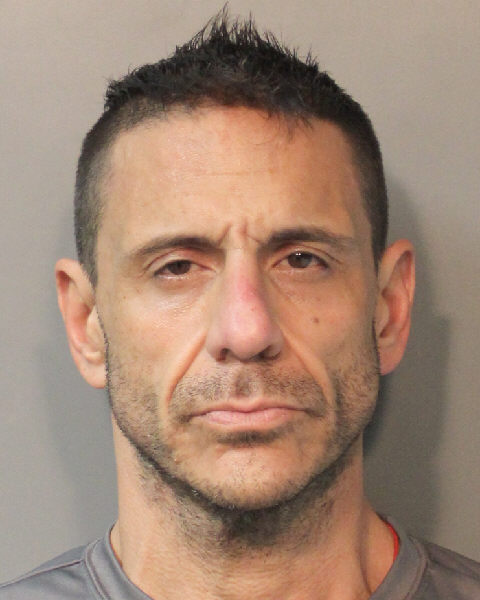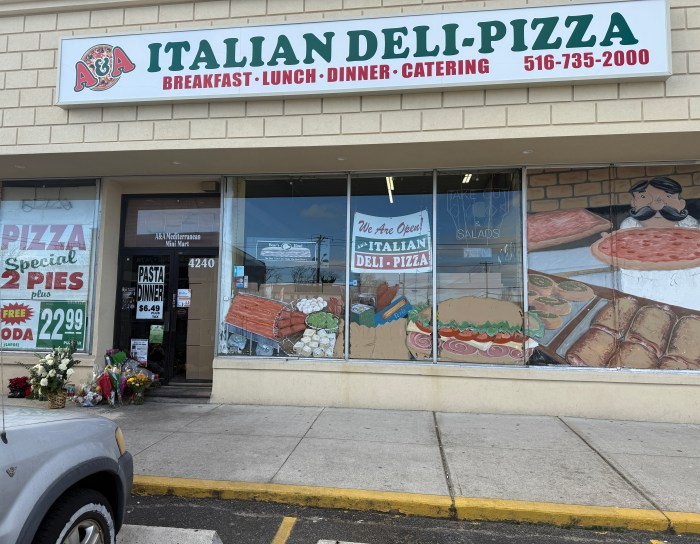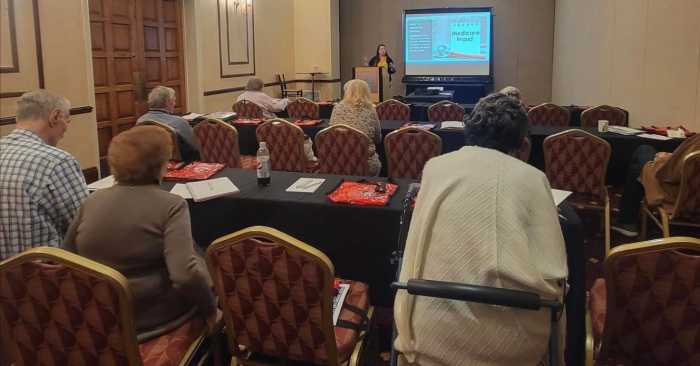
By Anthony Murray and Kimberly Donahue
It’s no secret that homelessness in America is an issue. The homeless population seems to keep growing by the day—where no city or state seems to be immune. Based on records from the latest U.S. Census, 6.1 percent of people within Nassau County are living in poverty likely due to the steadily rising cost of housing, which is actually higher in Nassau than Suffolk County.
Recently, the village board in Mineola has put forth a proposed law that would make aggressive panhandling illegal throughout the entire village since it not illegal in New York State to aggressively panhandle. However, the proposed village law would focus on all aggressive panhandlers, not just those who are homeless. If caught by police being aggressive, panhandlers would be fined and put in jail.
“We haven’t had anything going on that needs it [the law] but we’re just adding a tool to the tool box just in case,” said Mayor Scott Strauss. “We’re strictly being proactive and we don’t want to have to scramble to get something done. We’d rather do it in advance if an issue arises.”
Last summer, Strauss met with the Nassau County Police Department as well as homeless advocates and homeless assistance agencies from the county about the issue. It was then that the police department recommended to Strauss to enact an aggravated panhandling law. In return, the police department could address any situation that would require their attention.
Thomas Marcial, commuter and travel industry worker from Mineola, said he understands the problem, despite his lack of personal experience with any homeless panhandlers.
“I guess it [the bill] serves a purpose in certain ways but I think if someone’s just sitting there playing a guitar looking for money that should be OK,” he said.
Grant Francis, a sophomore from Hofstra University, has experienced intimidating behavior that the proposed law is trying to limit.
“A guy walked up to our car at Mineola and asked for money because his mother was in the hospital,” said Francis. “It was me and two of my roommates. We were waiting to pick someone up and were parked right outside the station. My roommates each gave him a couple bucks and I had no cash. But we were a little worried about how he would respond if we didn’t help him out.”
Nearby business owners seem to witness the behavior addressed by the law regularly. Regis Gallet, who owns the Recovery Room Bar and Grill near the train station along with his wife Cristi, said the problem with aggressive panhandling at the train station is only getting worse.
“The other day, a girl was parking her car and there were three guys who were hanging over the parking meter and the girl just ended up not parking and leaving,” said Gallet who is also a sergeant for the Mineola Auxiliary Police Department. “I don’t know if she parked in another spot or took her business elsewhere but it looks really bad.”
Gallet suggests that the county make a task squad that is dedicated to aggressive panhandling incidents at the train station.
“If you designate a patrol vehicle or create a task vehicle for the next 30 days as an example, why the hell not?” said Gallet. “People pay enough taxes in Mineola. You mean to tell me that they can’t do that? If you leave it welcoming to the panhandlers, they’re going to keep coming back.”
Hemza Memon, an employee at Newsday Everyday, a bodega that is located across from the ticket kiosks at the train station, witnesses panhandling situations on a daily basis.
According to Memon, interactions between commuters and panhandlers can go in two different directions. Memon said people are usually very friendly and don’t mind giving the panhandlers a dollar or two. However, there are times when he has to step in and diffuse situations.
“A lot of homeless people sit inside [the rest area] and ask for money,” said Memon. “People are frustrated with them and they call the cops or they tell us to call the cops. The cops come and they’ll just give them a warning and they’ll push [the panhandlers] away. But still those guys [the panhandlers] keep coming again and again every day.”
Additionally, police presence at the train station has been noticed only at certain times such as peak travel hours.
Detective Maureen Roach of the Nassau County Police Department Public Information Office said even though there is not enough specific data on panhandling at the Mineola train station, there are several reasons why it would be a target.
“Mineola is quite a large train station. It is a hub,” said Roach. “It attracts people from all over the island because it is a direct line to Manhattan so they may at times have police presence there when they know it’s peak hours and when they know it’s going to get crowded just for safety concerns.”
Police have also found a connection between other area crimes and issues the homeless may face. Recently, there seems to be an uptick of car break-ins within the village and surrounding area.
“As far as panhandling, we understand that people who are asking for money are people who are down on their luck and may have an alcohol and drug problem,” said Roach. “With that said, if they’re not working and they’re looking for help by panhandling and they’re desperate, they may commit some kind of low-level crime such as a larceny from an auto or some sort of theft like that to sustain their financial needs.”
Roach also noted there is a link between petty crimes, including larcenies from autos and the island’s opioid crisis.
“Our commission has led an aggressive battle with opioid problems to stop these things,” said Roach. “We’ve noticed there was a complete decrease in larcenies from autos when the opioid problem seemed to go down. We’ve gone back into those neighborhoods and we’ve spoken to the people who have overdosed. We’ve had consultations with them to get them help and found that overdoses had decreased tremendously,” said Roach.
Read Part 2 “Enforcement At The Train Station” and Part 3 “Finding The Solution.”


































